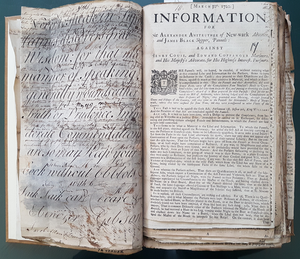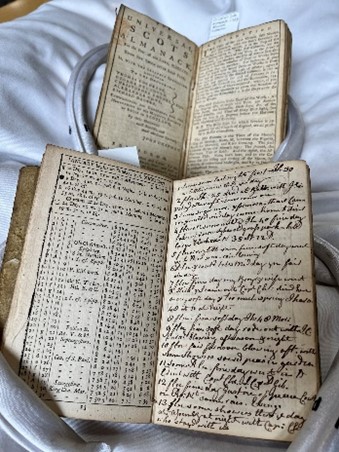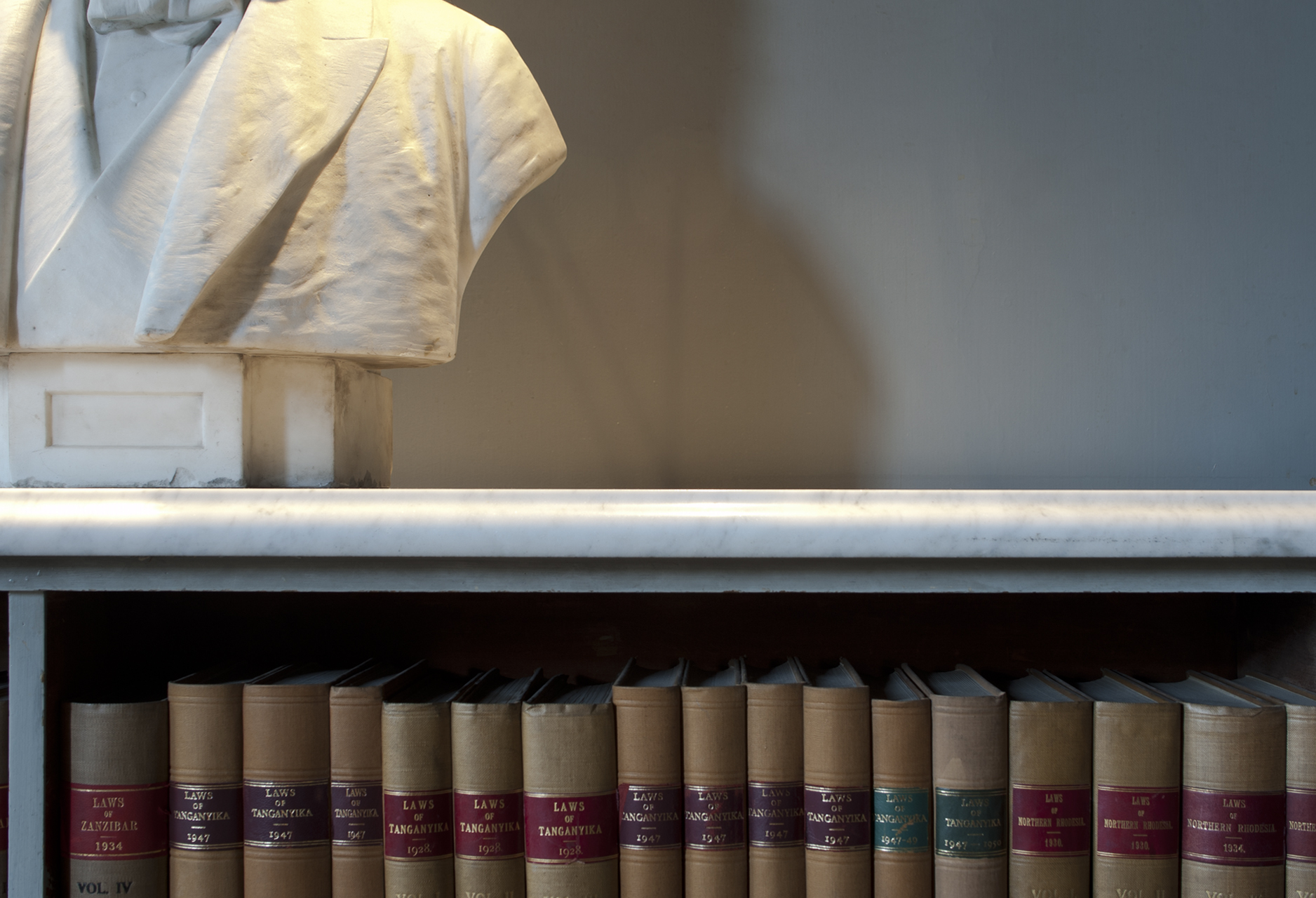
This page, originally part of the Signet Library’s Bicentenary online exhibition, now contains links to our collection guides – information and background to some of the most important constituent parts of the Signet Library.
The Signet Library Session Papers

Session Papers are the printed arguments of Scotland’s Advocates as presented in civil cases in the Inner House of the Court of Session. Their authors include some of the most significant figures in eighteenth century Scottish writing and thought and they are thought by many to represent the largest untapped historical resource for the period of the Scottish Enlightenment.
The Signet Library collection is the second largest to survive. This guide contains indexes and finding aids to the collection, and describe the collection’s origins, history and importance.
The Signet Library Collection of Almanacs
Almanacs were pocket-sized publications published from the seventeenth century into the modern era. They contained a mass of useful information on subjects including weather, markets, horticulture, government and transport, often alongside more philosophical material such as predictions for the future. Late eighteenth century editions were often beautiful, carrying plates, illustrations and maps of the very highest quality.

The Signet Library’s collection is a significant one, containing in particular some unique examples of the early Aberdonian almanacs of the seventeenth century that did so much to establish a printing and publishing industry in Bon Accord. Jo Hockey’s research has reached beyond this into the questions of individual provenance and ownership: almanacs could also serve as personal diaries, and in uncovering examples of such usage she has opened the way to a greater understanding both of the way almanacs were deployed but the social and economic networks of those who acquired them. Robert Thomson’s 1759 Edinburgh Almanac contains his instructions for creating an artificial volcano: William Law of Haddington’s Town and Country Almanacs of 1777-79 throw light on life in the area and James Carmichael WS’s Edinburgh Almanac of 1758 revealed a remarkable social network linking the agricultural reformer Carmichael with the great geologist James Hutton and the artist John Clerk of Eldin.

